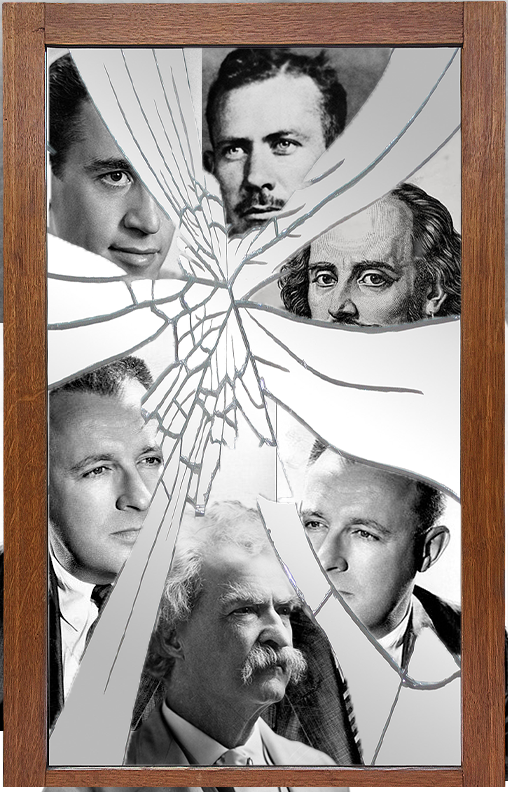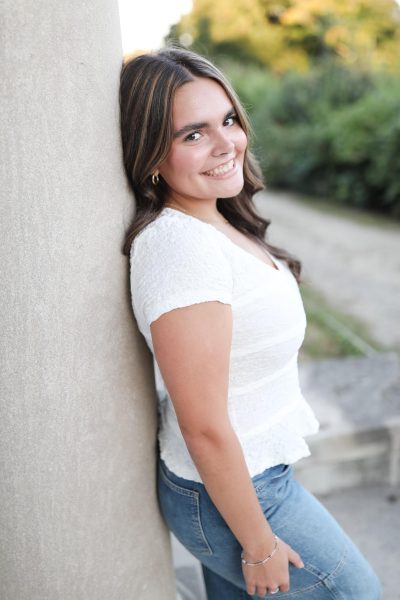Whether you take AP English 12 with Mr. Lytle, Sports Literature with Mr. Silverstri, or English 9 Advanced with Mrs. Peluso, you are bound to open a book at some point, willingly or reluctantly. However, not all students get the opportunity in English class to read authors who have similar cultural backgrounds as themselves.
Data was collected across eleven WHS English classes, spanning all four grades and both honors and non-honors classes.
FreshmanGrade 9 students read Of Mice and Men by John Steinbeck and Unbroken by Laura Hillenbrand in all English 9 three classes, whereas Flowers for Algernon by Daniel Keyes and Night by Eli Wiesel were read in two classes. In freshman year, students are exposed to a female voice, that of Laura Hillenbrand’s, but once again, all four novels come from voices of the same white racial background, and even Hillenbrand’s focus is on a dead, white male..
Across the board, all junior students read The Great Gatsby by F. Scott Fitzgerald. Two classes read The Catcher in the Rye by J.D. Salinger and The Things They Carried by Tim O’Brien. All three stories are written by white males, with stories that predominantly feature white characters.
By the school year’s end, 40 unique books will be read among these eleven English classes. Eighty-five percent of the books were written by white people and 73% of these books were written by men, with a total of 63% of the authors being both white and male.
Junior Kayleigh Jones, AP English Language student, noted that there were only a handful of books that were written by non-white authors. “I think it’s embarrassing,” Jones says. “We should rewrite the curriculum and incorporate books from different cultures, sexualities, and races/ethnicities. It’s important that people are taught about other cultures in school, so that they are exposed to different ideas or beliefs that may challenge their own to broaden their perspective.”
Jones’ call for change is not a new opinion, as past students have expressed similar sentiments to their teachers over the years. However, teachers have tried to expand their syllabuses, with books like Their Eyes Were Watching God by Zora Neale Hurston, a black female author from the Harlem Renaissance being added into the AP English 11 curriculum this year.
Freshman Keniyah Hill argues, “If the story is good and communicates a strong message to me, that’s truly what matters.” While having diverse voices in literature embedded within curriculum is important, in order to properly serve our students, it’s also important to ensure that the stories are allowing all different students to be represented in the literature they read.
The teachers in the English department do discuss which books they want to include in their lessons for that school year, so oftentimes there will be a few books that are read across grade level. However, teachers have a lot of freedom when it comes to the books they give their students, as long as it fits appropriately with their given curriculum.
While Hill does think that “the literal substance is great,” she adds that she would appreciate the opportunity to read books from a more diverse range of authors. “I think as a school, if we wanted a change, it would start with finding books that better suit the needs for students and that were more insightful of various cultural backgrounds than books that were previously read.”
Although there is a time and place for reading classic novels, such as Of Mice and Men and The Great Gatsby, there is also a clear need to make room for stories that are predominantly focused on stories from multicultural backgrounds.



